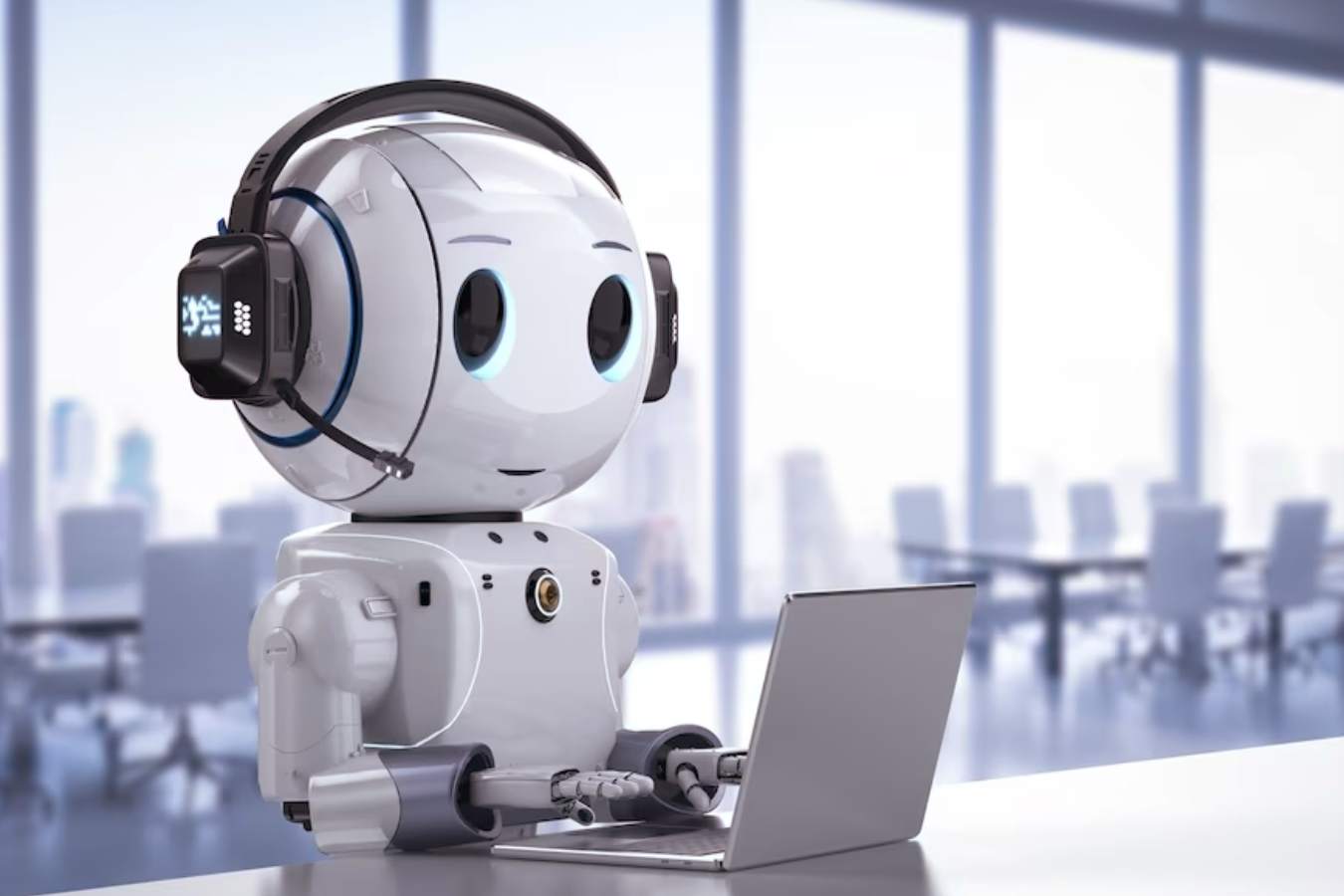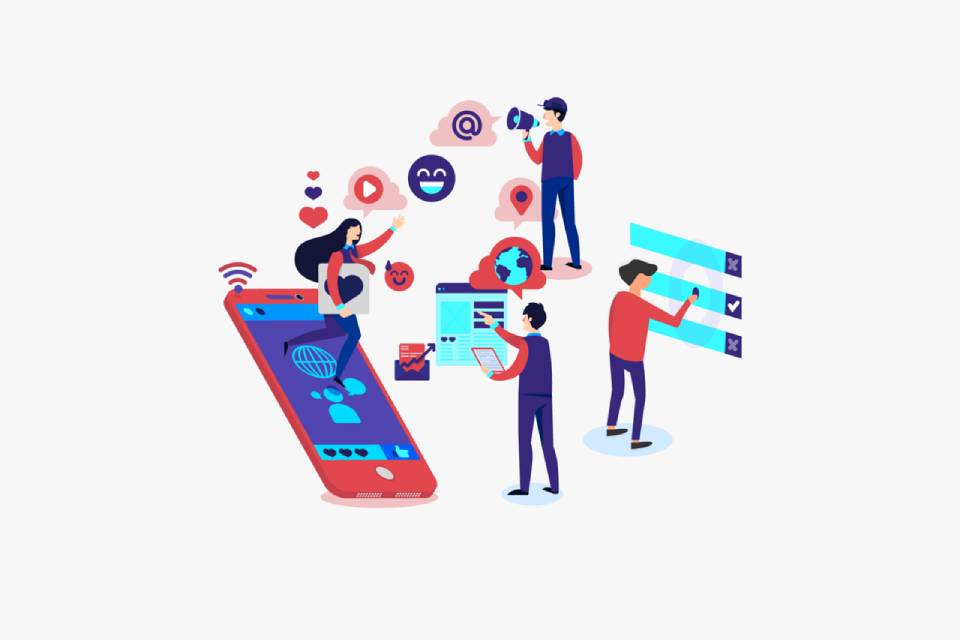Who does not know that? You have a question about a product that you want to order online and get stranded on the supplier’s hotline. Something doesn’t work when you log in and now you don’t know what to do next. The FAQs don’t provide any clarity either. This is where they could come into play, the so-called chatbots. While you are still thinking, the little electronic helpers offer their services.
A small window will open on the display with the option to start a chat. For example, a little helper, often like something straight out of a comic, introduces himself like this: ” Hey, I’m Mimmi– Your personal chatbot! I can answer questions about our markets, products, product availability and delivery options.” Some chatbots add that they are still in a testing phase and are still learning, and add the promise of getting better with every chat.
What Can Chatbots Do?
Alternatively, one also speaks of chatterbots, communication robotics, automated communication or text-based dialogue systems. The name components chat and robot already give it away: Here a robot, in short a bot, is supposed to conduct a dialogue with the customer, and this by means of text or voice input.
The whole thing is based in the background on a database that is fed with information that covers as much as possible what the customer could ask. With the help of artificial intelligence(AI) and deep learning, the software behind the chatbot is getting better and better, every customer request contributes to this. If chatbots can no longer answer a question themselves, they connect to a customer advisor.
Actually, chatbots can be available for questions around the clock, but then a flesh and blood employee must be able to cover the questions to which the chatbot could not find an answer in the background. That’s why there are “fixed” working hours for some chatbots.
Pros And Cons Of Chatbots
Advantage number one is sure that customer communication can be optimized. A chatbot can provide help quickly and easily where the customer no longer knows what to do. At the moment it is still a disadvantage that the chatbot often quickly reaches its limits when it comes to unexpected or highly emotional questions.
This will change in the near future thanks to constant AI-based learning. Personal assistants that respond to voice input, such as Siri or Alexa, are also getting better and better. They will certainly soon be able to understand human emotions and be able to give answers whose language colour suggests joy or anger. Customer satisfaction through quick answers to questions is one advantage.
Other advantages are improved quality management based on the analysis of the questions asked by the chatbots, improved customer loyalty thanks to the good service, reduction in customer service costs, better customer ratings for the company’s online presence and improved customer insights. What questions does he have, what products or services is he looking for? By evaluating the chatbot dialogues, companies can learn more about their customers.
“Alexa, Where Can I Find Yellow Rubber Boots?”
Alexa, Siri and Co. will certainly find them without any problems. The better and more accurate they perform their services and the more personal they present themselves, the more users feel connected to them and trust them. Chatbots and personal assistants strengthen the brand, give it a voice, a profile and, increasingly, a face. This aspect of branding will increasingly come to the fore in the future, especially in the healthcare sector, where emotion and trust play a particularly important role. In the long term, communication will develop in such a way that we will interact and communicate with all kinds of smart devices more than we can imagine today.
Also Read: Chatbot AI: How Powerful Is The Artificial Intelligence Of Chatbots?





